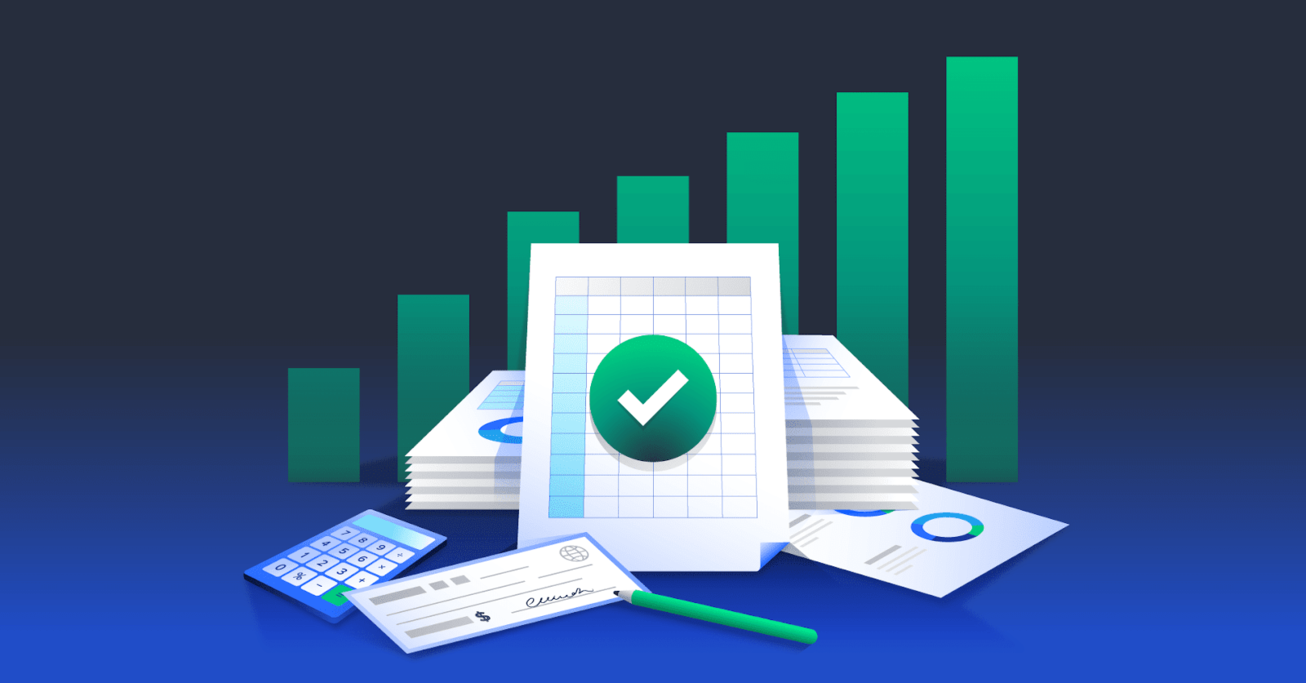Why Startups Are Turning to Financial Data Analytics Now

Financial Data Analytics

Why Startups Are Turning to Financial Data Analytics Now Several factors are driving adoption among startups:
- Greater availability of data & tools: Cloud accounting, digital payments, embedded finance tools, APIs, etc., make financial data more accessible than ever.
- Fast‐changing market environments: Uncertainty (inflation, supply chain shocks, macroeconomic shifts) means startups can’t rely on past rules; they need real‐time or near real‐time insights.
- Pressure on margins and burn rates: With funding being more scarce, startups must optimize cost, ensure cash flow safety, and extend runway. Financial data analytics helps with that.
- Investor expectations: Investors increasingly expect startups to have strong financial discipline. Using analytics demonstrates maturity, transparency and helps in due diligence. Read More : Automotive Industry: Innovative the Future of Electric Vehicles in 2024
How Startups Use Financial Data Analytics to Gain Edge

Here are concrete ways startups are putting financial data analytics to work:
- Forecasting & Scenario Planning
Startups use financial data analytics to build predictive models: revenue projections under different growth rates, best‐/worst‐case cost scenarios, or what happens if sales drop X% or costs rise Y%. That helps them plan for resilience. Research (e.g., on financial performance management) shows that models combining standard financial ratios with newer macroeconomic indicators improve forecasting accuracy significantly. arXiv - Risk Management & Stress Testing
It’s not enough to spot risks after they happen. Financial data analytics allows simulation of adverse conditions (e.g. sudden drop in demand, supply cost spikes, exchange rate shocks) so startups can estimate vulnerability and prepare mitigations. community.nasscom.in - Improving Operational Efficiency
By analyzing where money is going—expense lines, customer acquisition cost, churn, working capital—startups find bottlenecks, waste, or low-return activities. They may decide to cut or reallocate resources. Also financial data analytics helps in optimizing supplier terms, payment schedules, inventory. Appinventiv+1 - Pricing and Product Mix Decisions
Using historical cost and revenue data, alongside competitor or market benchmark data, startups can test different pricing models (subscription vs usage vs freemium), identify which products contribute most to margin, and decide whether to phase out or scale up certain lines. Financial data analytics enables more informed pricing decisions rather than “gut feel.” Entrepreneur+1 - Customer Segmentation & Lifetime Value (LTV) Insights
Startups can segment customers by profitability, churn risk, payment behavior, etc. Financial data analytics helps understand which segments are most valuable, which ones cost more to serve, and allocate marketing / support spend accordingly. This improves ROI of acquisition and retention efforts. Appinventiv+1 - Compliance, Fraud Detection & Financial Integrity
For fintechs especially, financial data analytics is critical in monitoring suspicious transactions, ensuring regulatory compliance, avoiding penalties, and maintaining customer trust. Using patterns in transactional data, startups can detect anomalies early. Appinventiv+1. Read More : Baleno Car vs. Its Competitors: Which Hatchback Reigns Supreme in 2024?
Case Examples & Research Insights

- Financial Performance Predictive Models: A recent study introduced by Ricardo Cuervo (2023) showed that supplementing traditional financial ratios with macroeconomic and novel financial indicators in machine learning and Bayesian models improved accuracy for predicting ROA, ROE, net margin, etc. Startups that adopt similar methods can better anticipate underperformance risks. arXiv
- Startup Success Prediction Using Machine Learning: Research using Crunchbase data demonstrated that deep learning models with features like funding metrics, founder background, industry, etc., can predict later success of startups (IPO, acquisition status) with high accuracy. Though this is more about venture capital decisions, it shows how powerful analytics can be for strategic planning. arXiv
- FinTech and Operational Efficiency: In the sector of payments and FinTech, companies are using financial data analytics to create spending profiles, monitor transaction data, and offer insights to merchants that go beyond the transaction itself (e.g. advising merchants on cash flow, anticipated seasonal dips). This adds value and differentiates offerings. Entrepreneur+1. Read More : BMW Motorcycle Innovations: What’s New for Adventure Riders in 2024
Building a Foundation: What Startups Need for Financial Data Analytics

To really benefit from financial data analytics, startups must invest in several enablers:
- Quality data collection & infrastructure: Clean, timely, consistent financial data. Using modern accounting tools, integrating relevant financial systems (payments, invoicing, banks).
- Analytics talent or tools: Either hire data analysts/financial analysts, or adopt tools/platforms that automate analytics (dashboards, anomaly detection, predictive models).
- Culture of using insights: Decision‐making processes must be grounded in data. Founders and teams need to trust analytics, not just assume intuition always wins.
- Experimentation & iteration: Run experiments: A/B testing, scenario simulations. See what works, adjust models. The market changes; what was predictive yesterday may not be tomorrow.
- Focus on metrics that matter: Unit economics, burn rate, customer acquisition cost, margin per user, cash runway. Strong financial data analytics helps track and improve these core metrics. Read More : Breaking Records in Fast Car Automotive: Top Innovations of 2024
Key Subheading: Financial Data Analytics for Competitive Advantage in Action

In practice, startups that use Financial Data Analytics to monitor key performance indicators (KPIs) in real time can respond faster than rivals. For example:
- A startup noticing that particular subscription tiers are causing high cancellation rates may adjust features or pricing sooner than a competitor still working off quarterly reports.
- Another startup in e-commerce seeing rising cost of goods sold (COGS) during supply chain disruptions can forecast margin compression and either raise prices or renegotiate supplier terms proactively.
- In fintech, startups using financial data analytics to predict fraudulent behavior in transaction streams can avoid losses and maintain lower risk profiles, which improves their standing with regulators and partners. Read More : Business Acumen: The Secret Weapon for Strategic Leadership in 2024







